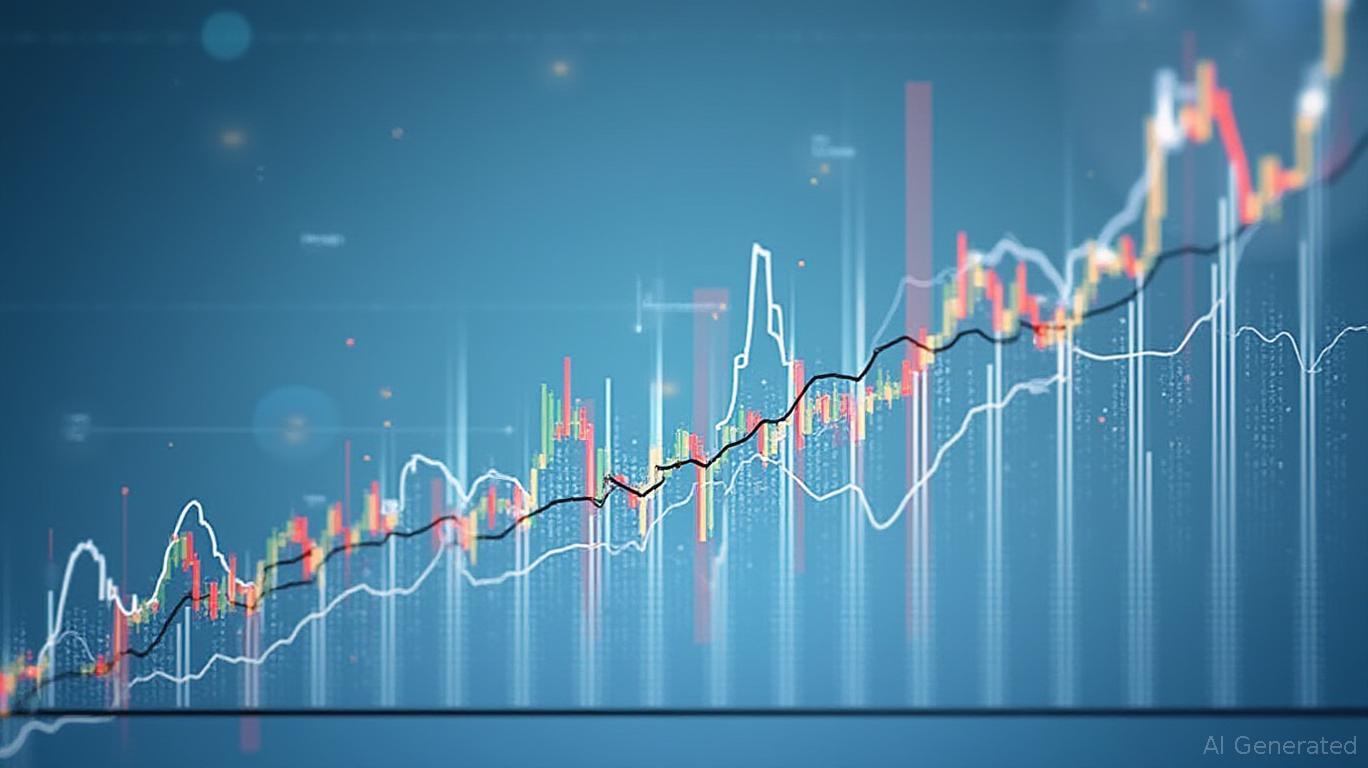Germany's Fiscal Stimulus: A Catalyst for Steeper Yield Curves and Inflation-Linked Opportunities
The German fiscal stimulus package—unveiled in early 2025—marks a historic shift from decades of fiscal prudence to aggressive spending aimed at modernizing infrastructure, defense, and energy systems. With a €500 billion infrastructure fund and relaxed debt rules, this policy pivot has profound implications for global bond markets, particularly long-term yields. The regime change in Europe's economic powerhouse is now driving a steepening yield curve, creating both risks and opportunities for investors. Here's how to position portfolios for this new reality.
The Regime Shift: Fiscal Expansion Meets Yield Curve Dynamics
Germany's stimulus package has two critical impacts on bond markets:
Increased Supply of Long-Term Debt: To fund the €500 billion infrastructure program, the German government will issue more long-dated bonds, boosting demand for fixed-income assets. This has already pushed the 30-year German bund yield to 2.97%—a 50-basis-point surge since early 2024 (see below).
Inflationary Pressures: The infrastructure boom will boost demand for raw materials, labor, and energy, fueling inflation. Germany's CPI is projected to average 2.4% in 2025, up from 1.8% in 2023. This erodes the real returns of nominal bonds, favoring inflation-linked securities.
The widening gap between short- and long-term yields reflects investors pricing in sustained growth and inflation. This steepening yield curve is a buy signal for strategies that benefit from rising long-term rates.
Strategic Opportunities: Inflation-Linked Bonds and Credit
1. Inflation-Linked Bonds: The Safest Bet
Germany's fiscal stimulus is a goldmine for holders of inflation-linked bonds (e.g., Bund 10Y IL, TIPS). These securities adjust their principal and coupons for inflation, shielding investors from rising prices.
- Why Now? The combination of fiscal expansion and energy-intensive infrastructure projects will keep inflation elevated.
- Risk-Adjusted Returns: Inflation-linked bonds typically outperform nominal bonds in a steepening yield curve. For example, the iShares TIPS ETF (TIP) has outperformed the iShares 20+ Year Treasury Bond ETF (TLT) by 8% YTD.

2. Credit Instruments: Riding the Growth Wave
Corporate bonds and high-quality credit (e.g., iShares iBoxx $ Investment Grade Corporate Bond ETF (LQD)) can thrive as Germany's fiscal push boosts regional growth.
- Strong Balance Sheets: German firms in infrastructure (e.g., Deutsche Bahn, Rheinmetall) and green tech (e.g., Siemens Energy) will benefit directly from stimulus-funded projects.
- Narrowing Credit Spreads: Steeper yield curves reduce refinancing risks for issuers, making corporate bonds more attractive.
Caveat: Avoid speculative-grade debt (e.g., High Yield Bond ETF (HYG)). The stimulus's success hinges on avoiding implementation delays or geopolitical shocks—defaults could rise if growth disappoints.
Near-Term Risks: Volatility Ahead
1. Geopolitical Tensions
Trade disputes with China and the U.S.—already causing friction over subsidies for EVs and semiconductors—could disrupt Germany's export-driven economy. A sudden slowdown in exports could flatten the yield curve as investors flee risk assets.
2. Central Bank Overreaction
While the ECB is likely to stay patient (its 2025 rate hike path is minimal), any signs of wage-price spirals could force abrupt policy tightening. This would spike short-term yields, compressing the curve and hurting credit.
3. Implementation Lag
Germany's bureaucracy has historically delayed infrastructure projects. If spending lags, bond yields may retreat, hurting long-dated positions.
Positioning for Long-Term Trends
Investors should focus on duration extension (betting on rising long-term yields) and inflation hedging, while hedging downside risks:
- Buy Inflation-Linked Bonds: Allocate 20–30% of fixed-income portfolios to Bund 10Y IL or TIPS.
- Add Steepeners: Use derivatives (e.g., 5Y-30Y U.S. Treasury steepener swaps) to profit from yield curve steepening.
- Focus on Investment-Grade Credit: Target sectors tied to Germany's stimulus (e.g., Deutsche Bahn bonds, Siemens Green Bonds).
- Hedge with Volatility Instruments: Use VIX ETFs (VXX) or put options to protect against geopolitical or central bank shocks.
Conclusion
Germany's fiscal stimulus is a once-in-a-generation regime shift, permanently altering the calculus for bond markets. While near-term volatility is inevitable, the long-term trajectory of steeper yield curves and higher inflation is clear. Investors who prioritize inflation-linked bonds and credit exposure while hedging tail risks will capture the upside of this historic policy pivot.
The clock is ticking—position now before the curve steepens further.

Comments
No comments yet